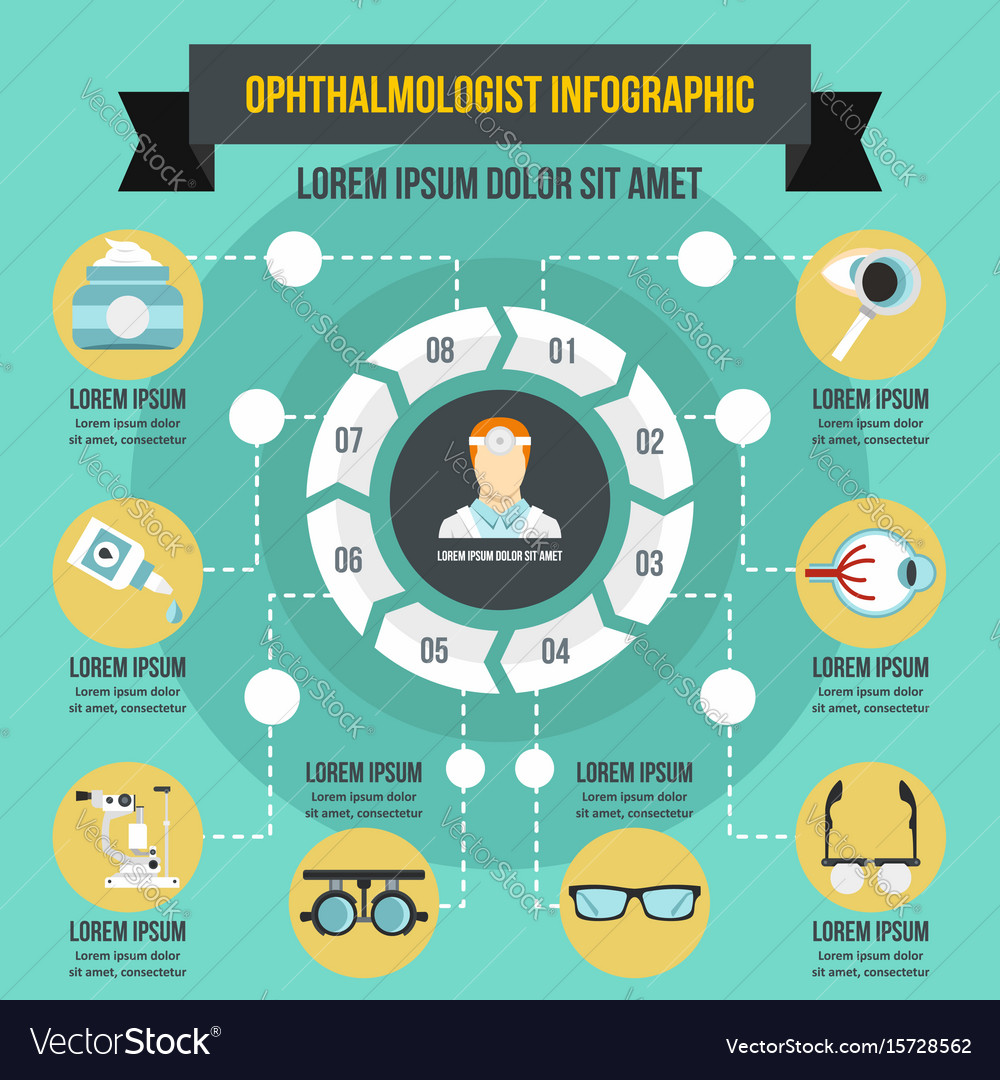Refractive surgical procedure is the process of remedying vision issues by improving the cornea (the clear, rounded dome at the front of your eye) or implanting a lens inside the eye. Refractive surgical treatments are available for many refractive errors consisting of nearsightedness (myopia), farsightedness (hyperopia), astigmatism as well as presbyopia.
Refractive surgical treatment has actually ended up being significantly prominent with the advancements in laser technology. But it is essential to understand that not all clients are candidates for this treatment.
LASIK
LASIK is an eye surgical treatment that corrects vision problems brought on by nearsightedness (nearsightedness) or farsightedness (hyperopia). The laser improves the corneal cells to focus light onto the retina.
During LASIK, a flap is developed in the cornea, and the excimer laser reshapes the cells below. No stitches are needed.
The laser is configured to reshape the cornea according to the eye's refractive mistake as well as your specialist's prescription. The laser's innovative monitoring capabilities keep your eye concentrated on the target as the light pulses, making your vision much more precise than ever.
LASIK can benefit a selection of patients, including those who have a tough time seeing without glasses or contacts. As related website , professional athletes, who frequently have to use prescription sporting activities goggles or lenses that are expensive and require regular substitute, find LASIK a huge convenience.
PRK
PRK, or photorefractive keratectomy, is an eye surgery that improves the cornea of your eyes with lasers. This can drastically improve your vision by lowering the requirement for restorative lenses such as glasses and get in touch with lenses.
PRK is a safe and also efficient therapy for people with nearsightedness, farsightedness or astigmatism. This sort of eye surgical treatment uses a laser to get rid of a micro-thin layer of cells from the outer corneal surface to boost refraction - the focus of light rays right into your eyes.
It is a painless procedure, however you will experience blurred vision, sensitivity to light and also dry eyes for the initial couple of days after surgical treatment. This is regular and also anticipated to solve within a week approximately.
The majority of people recuperate their ideal corrected vision by the end of the very first week. Throughout https://writeablog.net/laureen189janell/what-are-the-benefits-of-lens-replacement-surgery , it is very important to follow your medical professional's post-operative directions very carefully. This will help you recoup quickly and obtain one of the most out of your new vision.
ICR
ICR is a procedure that makes use of two crescent-shaped plastic rings to flatten your cornea as well as change the method light rays focus on your retina. ICR was originally utilized to deal with nearsightedness, yet it's currently likewise used to take care of keratoconus.
During this kind of refractive surgery, your medical professional makes a tiny cut in your cornea and also positions 2 crescent-shaped plastic rings on the outside edge. These squash your cornea and transform the way light rays concentrate on your eyes.
This treatment resembles LASIK and PRK. But LASIK can just fix the surface of your eye, while PRK can improve your cornea as well as your natural lens.
Intacs
Intacs reshape your cornea to correct vision issues such as nearsightedness and astigmatism. It is a minimally intrusive treatment that can be performed at the office on an outpatient basis.
The procedure starts with topical anesthetic to numb the eyes. Your ophthalmologist will make an incision in your eye and place a centering guide.
Utilizing the centering overview, your cosmetic surgeon produces two microscopic passages in the perimeter of your cornea. The INTACS inserts are then put in the passages.
The INTACS flatten the surface of the cornea to refocus light rays. This aids deal with vision issues brought on by keratoconus and also may also delay the demand for a corneal transplant in some patients.
